Are you interested in starting an Amazon business? One model you should look into is retail arbitrage on Amazon, a popular ecommerce business model.
If you’re unfamiliar with arbitrage, you likely have these questions.
What is retail arbitrage?
Does retail arbitrage work?
Can you make money with retail arbitrage?
How much money can you make with Amazon arbitrage?
I wrote this article to answer these questions (and more) and give tips for success.
Let’s begin.
Retail Arbitrage Definition: What Is Retail Arbitrage on Amazon?

What is Amazon retail arbitrage?
Retail arbitrage meaning: When you find a discounted product from other stores and sell it on Amazon for a higher price.
The concept may seem simple, but there are many factors to consider when starting with retail arbitrage. Starting on Amazon should boost your chances of success.
Amazon remains to be one of the most preferred places to shop online. According to Amazon statistics, 89% of shoppers prefer to buy from Amazon over other ecommerce platforms.
Where can you find products to sell through online arbitrage?
You can get retail arbitrage products from brick-and-mortar retail stores, retailer websites, third-party sellers, and other channels.
Many sellers do retail arbitrage to generate profit online. While it does require careful research, knowledge, and strategy, anyone can do it. Thus, arbitrage is a popular Amazon selling option.
How Does Retail Arbitrage on Amazon Work?
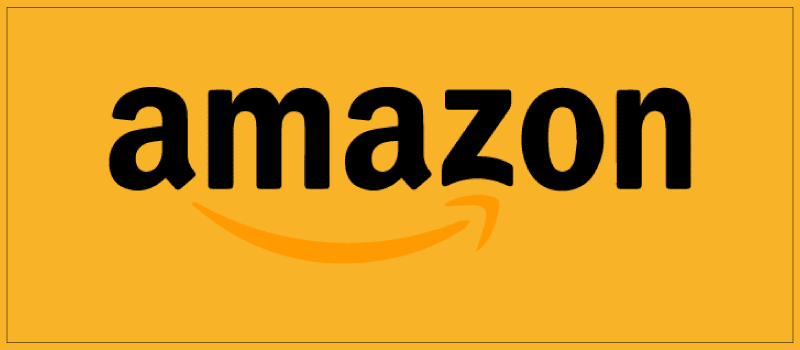
Arbitrage selling on Amazon works by taking advantage of price discrepancies between physical retail stores or online shops and Amazon’s marketplace.
This process involves finding and purchasing products from clearance sales, discount racks, and seasonal promos. You resell it on Amazon for a higher price.
Start by searching for discounted products in high demand on Amazon.
There are some challenges to arbitrage.
Sellers must pay shipping costs, Amazon fees, storage fees, and other expenses that can affect their profit margins.
Retail arbitrage sellers must follow Amazon’s seller policies and guidelines, ensuring they sell authentic products in good condition.
Despite these challenges, retail arbitrage on Amazon can be lucrative. You can succeed if you spend time and effort to find and source profitable products.
How To Retail Arbitrage on Amazon
Here’s how to start retail arbitrage on Amazon and make money online.
1 . Create Your Amazon Seller Account.
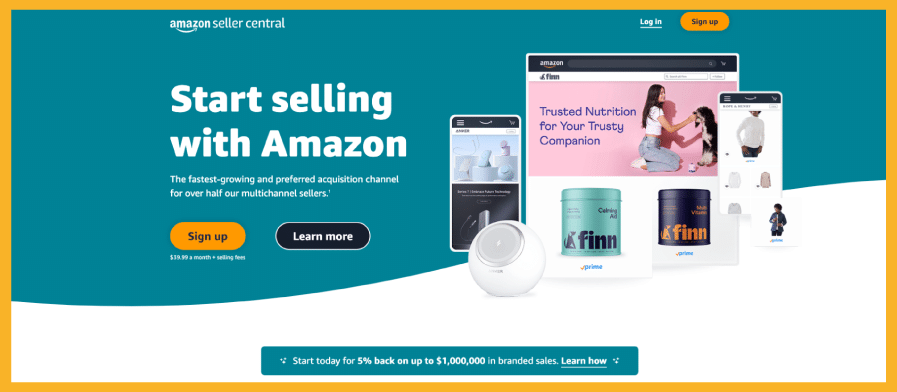
To start your online arbitrage side hustle or business, you must learn how to use Amazon Seller app for retail arbitrage.
Note: Amazon doesn’t have a separate retail arbitrage app.
Here’s how to create an Amazon seller account.
Go to the Amazon Seller Central website or download the Amazon Seller app. Fill out the required details and submit them for approval.
Verify your email address through a one-time confirmation code Amazon sends to the email address you provide.
Provide additional information about your business, including your business type, address, phone number, and tax identification number.
Add your bank account information for payments and set up a seller profile describing your business and the products you plan to sell.
After completing the registration process, Amazon will review your application for an Amazon seller account.
Amazon may ask for additional information or documentation to verify your identity and business information.
Once Amazon approves your account, choose your store’s seller account selling plan.
Here are your options.
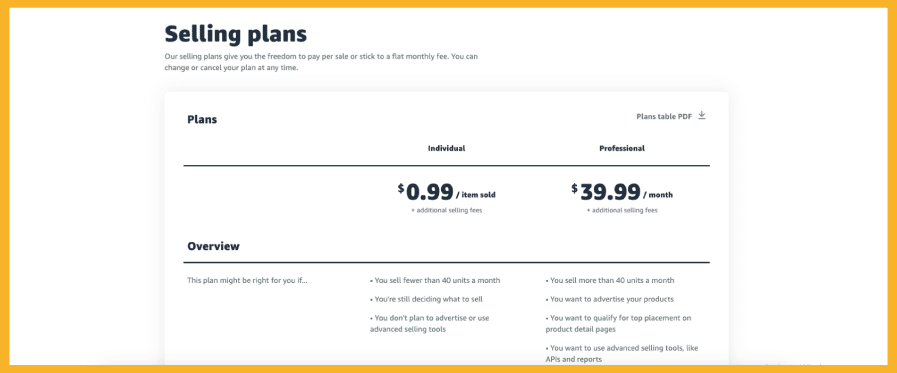
Individual Seller Plan – $0.99 per item sold (additional selling fees apply)
Professional Seller Plan – $39.99 monthly (additional selling fees apply)
2. Look for Products To Source and Resell on Amazon.
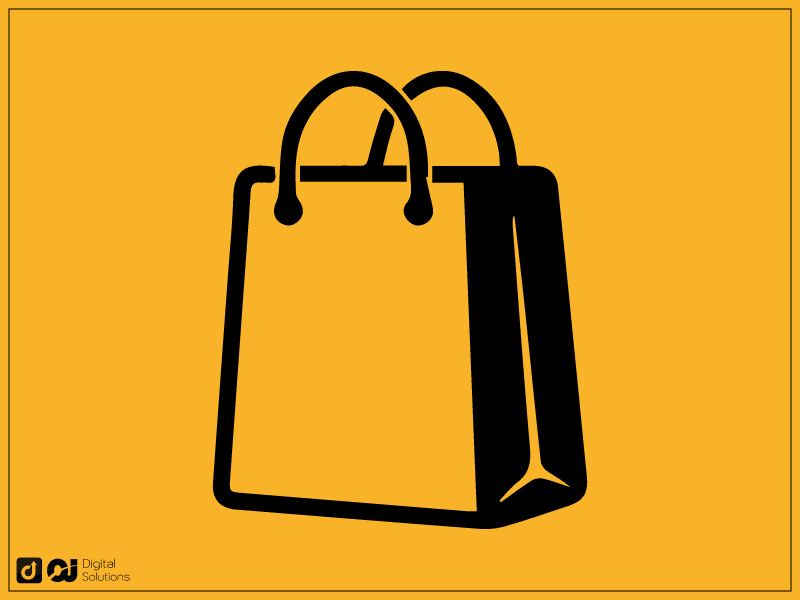
Finding the right discounted products to source and sell is crucial.
Consider these factors when deciding what products to sell on Amazon.
The demand for products you plan to sell on Amazon
The supply of products you can get for cheaper than the standard retail price
The profit margin from each sale
One retail arbitrage tool you should use is the Amazon Seller app, which has a section that shows you a product’s sales rank. This rank will give you an idea of the overall online demand for a certain product.
You also want to find products you can sell for a higher profit margin. Your profit margin should cover the cost of acquiring the product and other expenses, like shipping.
If you buy a pair of shoes for $120 and it commands a retail price of $200 on Amazon, you have $80 of profit or about 40% of your gross revenue. However, you’ll have to deduct shipping, seller fees, and more from that $80.
Ensure you have a sizeable profit margin after expenses to sustain your business. Finding products with higher profit margins will help you earn more per sale.
Here are some of the best categories for retail arbitrage on Amazon.
Toys and games
Health and beauty products like skincare, haircare, makeup, and supplements
Electronics such as smartphones, laptops, and accessories
Home and kitchen like kitchen appliances, cookware, and home decor
Sporting goods like golf clubs, tennis rackets, and fitness equipment
Office Supplies
Pet supplies
Fashion
Automotive accessories
3. Find a Store To Source Your Products.

After finding the best retail arbitrage items for your Amazon store, determine where to acquire them.
The best place to find products for arbitrage is a physical retail store that often sells items at significant discounts.
You can watch out for local stores with clearance sales or search online for other ecommerce platforms with special offers.
Here are some stores for sourcing arbitrage products.
Walmart (Walmart arbitrage)
Target
BestBuy
Kohl’s
Marshalls
Burlington
Grocery stores
TJ Maxx
Ross
Homegoods
Dick’s Sporting Goods
Dollar General or other dollar stores
Once you find products to sell via retail arbitrage, you must buy them upfront. Thus, you need some upfront capital to get these products for resale on Amazon.
4. Upload Your Product Listings.

Uploading your listings on your Amazon seller account is easy.
Here’s how to upload product listings to your Amazon account.
1 – Log in to your Amazon seller account and navigate to the Inventory tab.
2 – Select Add a Product and search for the item you want to sell. You can add your offer to an existing listing if you have one. You must create a new product listing if you haven’t listed the item.
3 – Provide the required information for the product, including the product name, description, images, and pricing information. Include all relevant product details to help customers make an informed purchase decision.
4 – Enter the product’s SKU or UPC to help Amazon identify the product and manage inventory. You can create a unique identifier if the product doesn’t have an SKU or UPC.
5 – Set the price for your product and choose whether to offer free shipping or charge a separate shipping fee.
6 – Choose the product category and subcategory that best fits your product. This will help customers find your product when they search for similar items on Amazon.
7 – Provide product specifications like size, color, or material.
8 – Click Save and finish to submit the listing for review. Amazon will review the listing and may ask for additional information.
Once approved, your listing will appear on the manage inventory page of your account.
5. Promote Your Products on Other Channels.

Once your products are on Amazon, promote your products on other channels to generate traffic to your store.
Here are a few ways to promote your products and get more sales.
Collaborate with influencers.
Reach out to influencers in your niche and offer to send them your product for an honest review or promotion on their social media channels.This strategy can help you reach a wider audience and build brand credibility.
Host a giveaway.
Host a giveaway on your social media channels, offering one of your products as the prize.Users must follow your social media accounts and tag a friend in the comments to enter.
Run targeted Facebook ads.
Facebook ads can be an excellent way to reach a specific audience and drive traffic to your Amazon store. Consider targeting users according to interests or demographics related to your product.Host a virtual event.
Host a virtual event, like a product live selling or Q&A session, on social media or through a video conferencing platform. Doing so can help you engage with your audience and create product excitement.Utilize Amazon advertising.
Amazon offers several advertising options, including Sponsored Products and Sponsored Brands ads, which help increase the visibility of your products on the platform.Offer a product bundle.
Offer a product bundle to encourage buyers to buy more products at a lower price.For example, if you sell kitchen items on Amazon, you can create a bundle that includes pots and pans, a cookbook, and cooking utensils like a spatula, whisk, and measuring cups.
6. Fulfill Your Orders.
When people order your products on your Amazon store, you must fulfill those orders promptly and accurately.
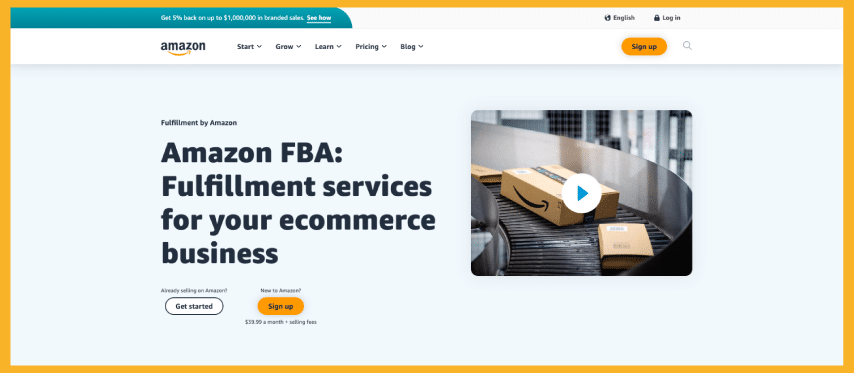
One of the best retail arbitrage tips I can give is to use Fulfillment by Amazon (FBA) to complete orders. This process will help streamline your operations when selling on Amazon.
Here’s how FBA works: After purchasing products at a retail store or online marketplace, ship them to an Amazon warehouse.
Amazon stores your products, packs them when your customer orders, and ships them on your behalf.
The FBA program also handles customer service for FBA sellers and returns for fulfilled orders.
Using FBA for retail arbitrage can have several benefits, including Amazon’s fast and reliable shipping that can help increase customer satisfaction and sales.
Amazon FBA handles customer service, preventing you from countless hours responding to customer requests and questions.
FBA can save you time and effort, letting you focus on finding and sourcing products. Amazon FBA has costs you must consider to ensure your products are still profitable.
Amazon Retail Arbitrage Costs

Running an Amazon FBA retail arbitrage business has specific costs. You should consider these costs when calculating your profits and pricing your products.
Here are the costs of running an Amazon arbitrage business.
Product Cost
This is the cost to acquire your products, including the purchase price and shipping or handling fees.
Amazon Referral Fee
This fee is a percentage of the sale price that Amazon charges sellers for each item they sell. The referral fee varies by product category and can range from 6% to 45% of the sale price.
Amazon FBA Fees
If you use Amazon FBA, you must pay storage, fulfillment, and shipping fees. These fees vary based on the size and weight of your products and can be calculated using Amazon’s FBA fee calculator.
Shipping Costs (Without Amazon FBA)
If you’re fulfilling orders yourself, you must calculate shipping costs, including postage, packaging materials, and handling fees.
Sales Tax
Depending on your location and the location of your customers, you may need to collect and remit sales tax on your Amazon sales.
Advertising Costs
You must factor in the costs of Amazon’s advertising options and other marketing strategies you use to promote your products.
Return and Refund Costs
If a customer returns a product or requests a refund, you may need to pay return shipping costs or issue a partial refund.
Miscellaneous Costs
These costs can be small but add up over time, including gas costs when you head to physical stores or storage facilities.
Factoring these costs into your pricing strategy ensures you profit from each sale and run a profitable retail arbitrage business on Amazon.
Is Retail Arbitrage Worth It?

Whether or not retail arbitrage is worth it depends on several factors, including the product category, competition, fees, profit margins, and your ability to source profitable products.
After accounting for costs and fees, aim for at least a 30% profit margin to ensure you make a worthwhile profit.
Frequently Asked Questions (FAQ)
Is Retail Arbitrage Legal on Amazon?

Is retail arbitrage allowed on Amazon? Yes.
Amazon allows retail arbitrage, and many sellers have built successful businesses using this model.
Retail arbitrage is legal on the platform if the products are genuine and meet Amazon’s quality standards.
Amazon-to-Amazon arbitrage is also legal if the product has a reseller program.
Sellers must accurately describe their products, follow safety regulations and product restrictions, and maintain exceptional customer service.
Amazon could suspend or terminate sellers’ accounts who violate their policies or receive too many negative reviews or customer complaints.
You can remove bad reviews on Amazon, but this process can take time and is still subject to Amazon’s policies.
To ensure compliance and maximize your chances of success as a retail arbitrage seller on Amazon, carefully research and follow Amazon’s Amazon retail arbitrage policy and other guidelines.
How Much Do Amazon Retail Arbitrage Sellers Make?

The money Amazon retail arbitrage sellers make varies widely depending on these factors.
Product category
Competition
Selling and other fees
Marketing strategies
Number of products
Some successful Amazon retail arbitrage sellers have built thriving businesses and generated significant revenue and profits.
To maximize your chances of success with retail arbitrage on Amazon, thoroughly researching each product category and considering your pricing strategy is essential.
Prepare to invest time and effort in sourcing profitable products. Stay up-to-date on Amazon’s policies and guidelines to ensure compliance and avoid potential issues.
What Other Business Models are Available to Amazon Sellers?

If you want to try other business models for Amazon selling, here are others you should check out.
Dropshipping
With an Amazon dropshipping business model, the seller keeps no inventory. Instead, the seller acts as a middleman, listing and selling products on Amazon.
You order the products from a third-party supplier who ships them directly to the customer.
Private Label
Amazon’s private labeling involves creating a new brand or product and manufacturing it by a third-party supplier. Private-label businesses sell a private-label product (or products) under their brand on Amazon.
Wholesale Business
A wholesale business involves purchasing products in bulk from a supplier and then reselling them on Amazon.
Wholesale is a more sustainable business model but requires a significant inventory investment.
Is Amazon Arbitrage Risky?

Are there risks to Amazon arbitrage? How does retail arbitrage compare to other business models risk-wise? Like any business model, Amazon arbitrage has risks.
There is a higher risk than a business model like dropshipping since you have to buy products upfront.
Some product categories are also subject to seasonality, meaning sales can fluctuate throughout the year. Seasonality makes it challenging to maintain a steady income stream.
When doing product research, find profitable items without expiration dates and have evergreen demands. That way, your product sells anytime.
The Bottom Line
Retail arbitrage on Amazon can be a profitable business model for sellers willing to put in the time and effort to find and source profitable products.
With over 310 million customers on Amazon, you can take advantage of the platform’s vast customer base. Consider using FBA to gain fast and reliable shipping and customer service through.




